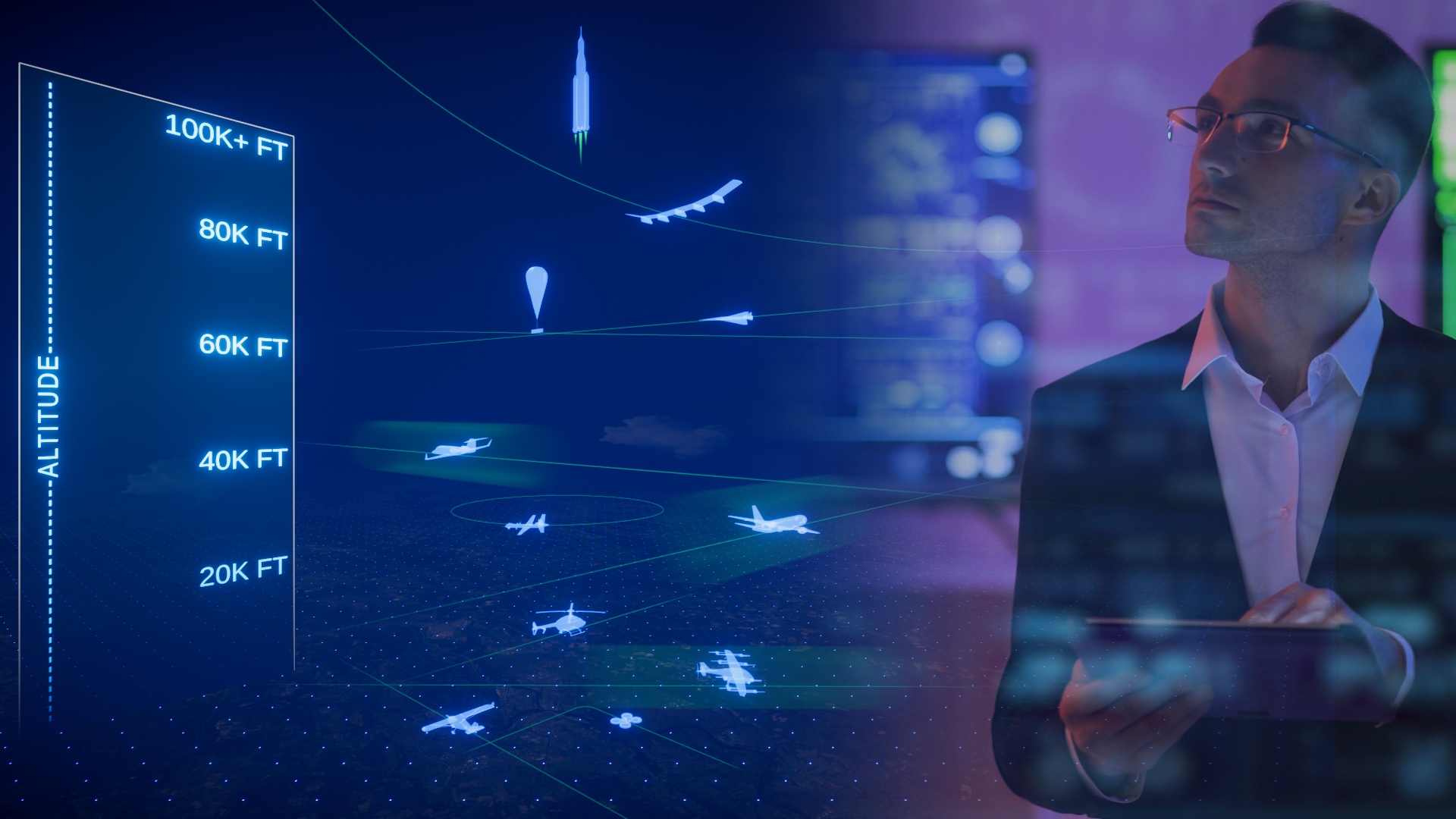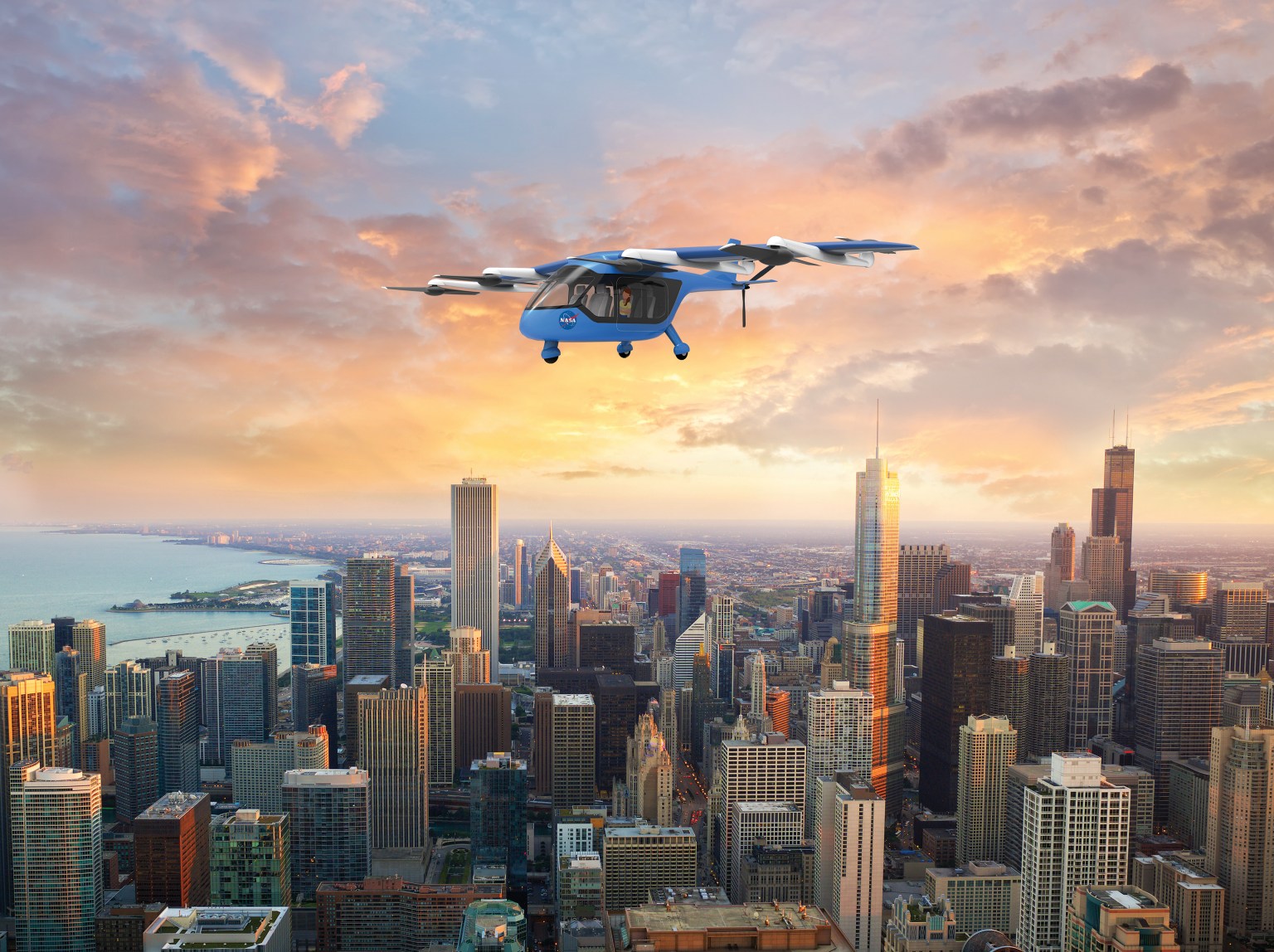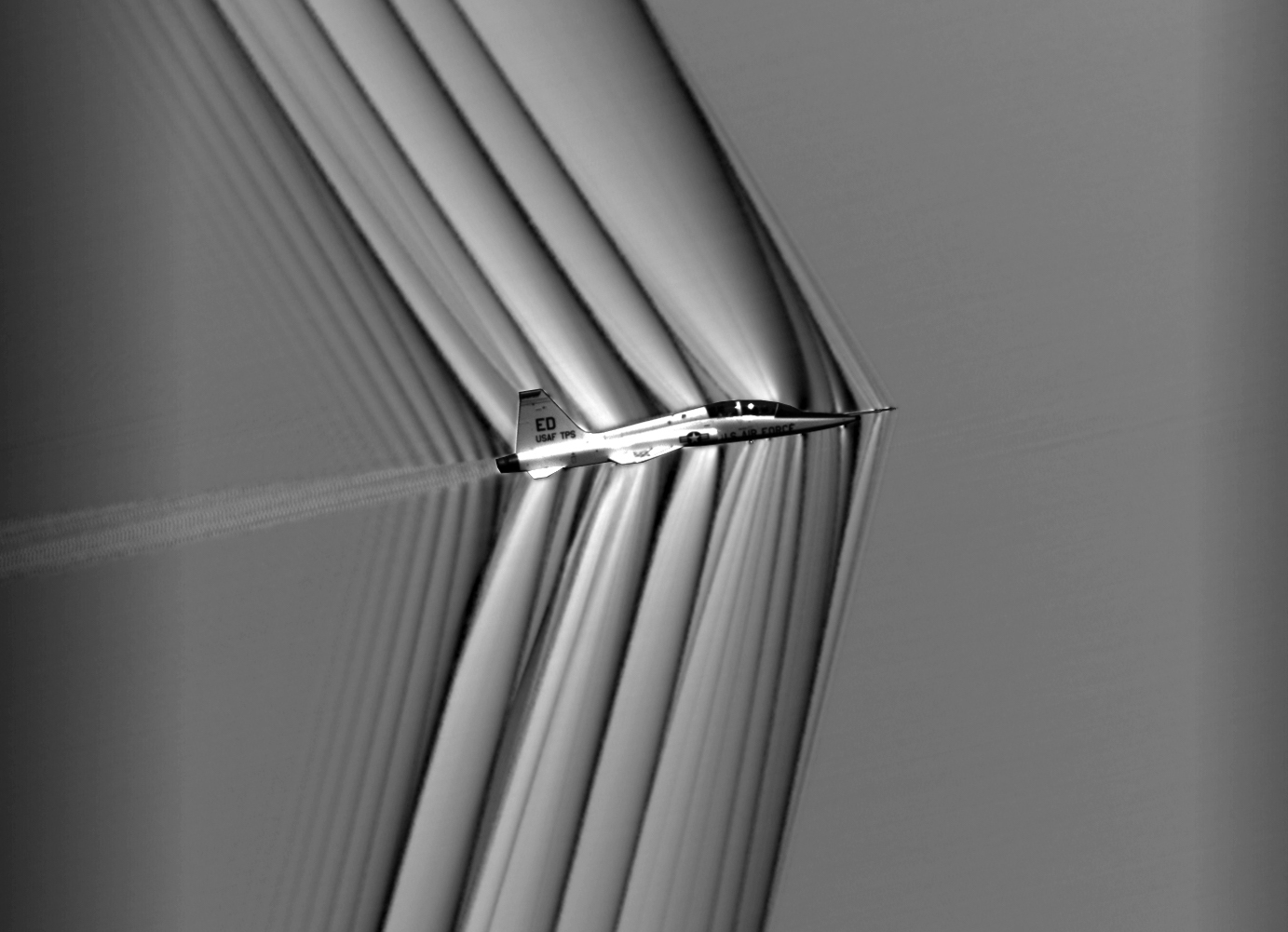
Read this feature in Spanish here.
Our future airspace will be safer, greener, and quieter as new NASA research projects enable important advancements in many types of aviation, from new passenger carriers to package delivery aircraft.
For NASA’s Advanced Air Mobility (AAM) mission to be successful, partners in industry and government must develop new air traffic management technologies so existing and new types of aircraft can communicate clearly and safely fly together. Through simulations and flight testing, NASA’s Air Traffic Management eXploration (ATM-X) project will map out this system.
This future air traffic management system will allow U.S. airspace to become more efficient through automated navigation systems that will improve airspace coordination and information sharing among air traffic controllers, new industry airspace services, and vehicle operators, as well as from vehicle-to-vehicle. As a first step, NASA, industry, and the Federal Aviation Administration (FAA) have already completed evaluations of new airspace management technologies using simulated electric vertical take-off and landing (eVTOL) aircraft. More evaluations are underway as these partners move toward the goal of testing this system in the field.
Another element of future airspace is the use of more automation, incorporated both in airspace management systems and vehicles, to avoid bad weather and other aircraft, and to safely take off and land. These increasingly automated systems will communicate with a connected air traffic management system to streamline the entire process and keep our airspace safe.
AAM projects include work on automation, noise, vertiport, and vehicle design, as well as airspace integration to keep everyone safe while flying. Government agencies, industry, and other partners will need to combine their efforts to build new highways in the sky.
NASA’s vision is to map out a safe, accessible, and affordable new air transportation system alongside industry partners, community partners, and the FAA.































